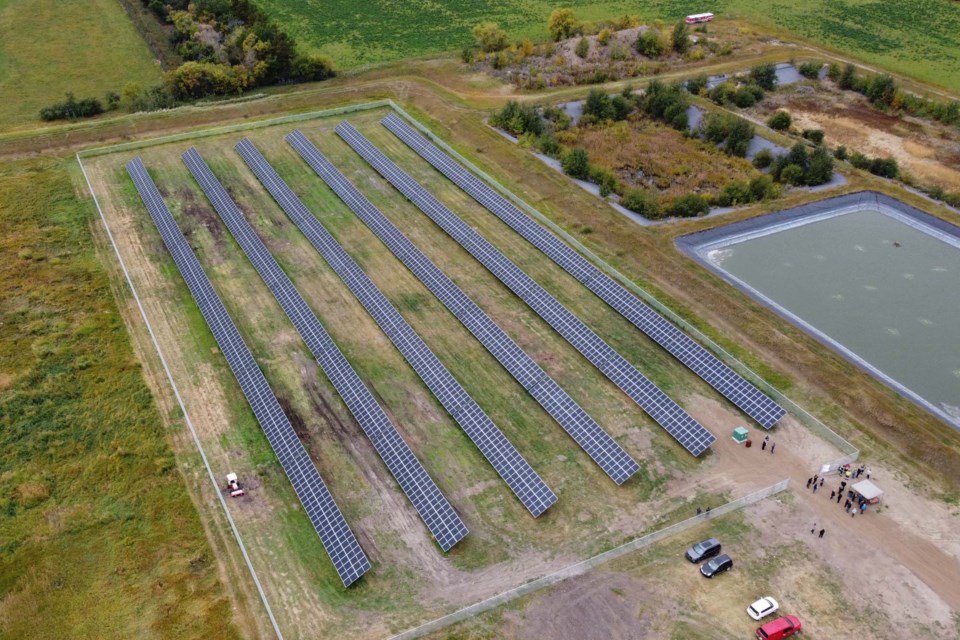Sturgeon County plans to use tax breaks to bring more solar farms and agri-businesses to its neighbourhood.
Sturgeon County council voted 6-1 (Coun. Matthew McLennan opposed) Dec. 13 in favour of its major investment incentives bylaw.
The bylaw offers tax breaks to solar power and value-added agriculture projects which choose to locate in Sturgeon County.
Value-added projects worth at least $20 million can get a 1.5 per cent tax break on their eligible capital costs for up to 10 years if they build in the county, or two per cent if their project meets various environmental, social, and governance criteria, a report to council showed. Council heard that value-added agriculture projects could theoretically locate anywhere in the world but could be influenced by tax incentives. A two per cent tax break on a $20 million value-added project would cost the county $400,000 after 10 years, or about 35 per cent of the project’s tax revenue.
Solar farms worth at least $200 million can get a one per cent tax break on their eligible capital costs for 10 years if they build in the county’s portion of the Alberta’s Industrial Heartland. Council heard that solar farms were less influenced by incentives, as they often wished to build in specific locations next to specific customers, but could be justified as council wanted to attract clean energy development. A one percent tax break on a $200 million solar project would cost the county $2 million after 10 years, or 15 per cent of the project’s tax revenue.
Council heard that projects must create at least 50 construction and 30 permanent jobs to qualify for these incentives, and that the incentives would not cover more than 80 per cent of a project’s annual tax hike.
McLennan opposed the incentives, calling them “central economic planning” (a reference to the economic practices of the former Soviet Union) and subsidies to big business.
Mayor Alanna Hnatiw disagreed with McLennan’s characterization of the incentives, and said municipal governments were responsible for economic development under provincial law.
“I’d prefer to get a smaller percentage of something instead of 100 per cent of nothing,” she said.
Coun. Neal Comeau said these incentives were necessary if the county was to get the development needed to fund projects such as paving Meadowview Drive and getting broadband Internet to residents.




